Market Share
Industrial Agitator Market Share Analysis
Market share positioning strategies play a crucial role in the competitive landscape of the Industrial Agitator market. Manufacturers in this industry employ various tactics to establish and strengthen their market presence, aiming to capture a significant portion of the market share.
One prevalent strategy is differentiation, where companies focus on offering unique features and capabilities in their agitators. By developing innovative technologies, such as advanced control systems, automation, and energy-efficient designs, manufacturers can set their products apart from competitors. This differentiation not only attracts customers seeking cutting-edge solutions but also enhances the perceived value of the agitators, potentially justifying premium pricing.
Another key strategy is cost leadership, where manufacturers aim to produce agitators at a lower cost than their competitors. This approach involves streamlining production processes, optimizing the supply chain, and leveraging economies of scale to achieve cost efficiencies. By offering agitators at competitive prices, companies adopting this strategy aim to appeal to a broad customer base and gain a larger market share, particularly in price-sensitive segments.
Market segmentation is a strategic approach where manufacturers tailor their agitators to meet the specific needs of different customer segments. This involves understanding the diverse requirements of industries such as chemicals, pharmaceuticals, and food and beverages, and developing specialized agitators for each sector. Customization allows companies to address unique challenges faced by different industries, ultimately gaining a stronger foothold in specific market segments.
Strategic partnerships and collaborations are also integral to market share positioning in the Industrial Agitator market. Manufacturers often seek alliances with other companies, both within and outside the industry, to enhance their product offerings or expand their market reach. Collaborations with end-users, engineering firms, or research institutions can lead to the development of tailored solutions, further solidifying a company's position in the market.
Geographical expansion is a strategy employed by agitator manufacturers to tap into new markets and increase their overall market share. By entering emerging markets or regions with growing industrial activities, companies can capitalize on untapped opportunities. This expansion may involve establishing new manufacturing facilities, distribution networks, or strategic partnerships with local players to navigate regional nuances effectively.
Investments in research and development (R&D) constitute a forward-looking strategy to secure market share in the Industrial Agitator market. Companies that consistently innovate and invest in R&D can stay ahead of industry trends, introduce new technologies, and respond to evolving customer needs. This proactive approach not only attracts customers looking for advanced solutions but also positions the company as an industry leader, fostering trust and loyalty among customers.
Brand building and marketing efforts are essential components of market share positioning strategies. Effective branding helps create a positive perception of a company and its products, influencing customer preferences. Marketing initiatives, including targeted advertising, participation in industry events, and online presence, contribute to building brand awareness and attracting potential customers. A strong brand image can translate into increased market share as customers associate the brand with quality, reliability, and innovation.
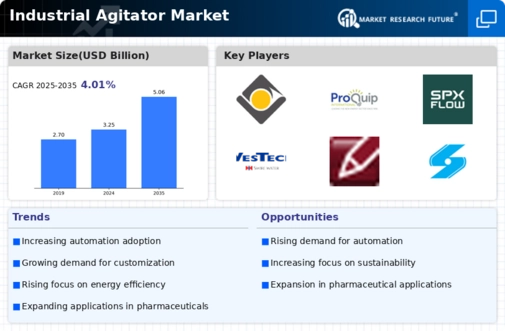
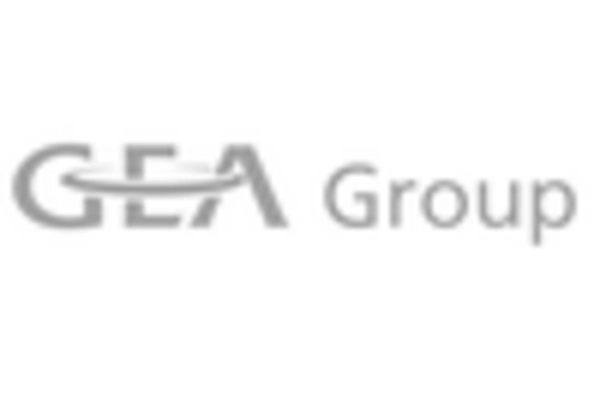
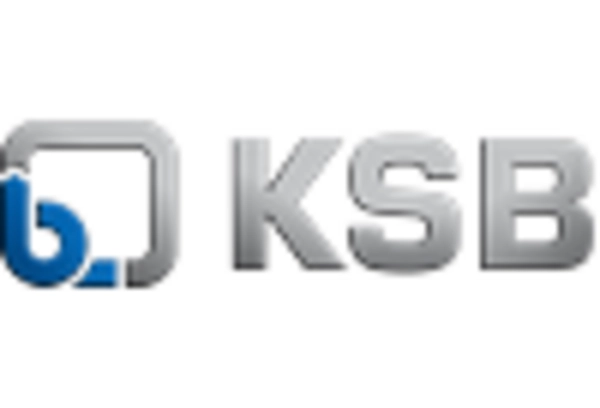
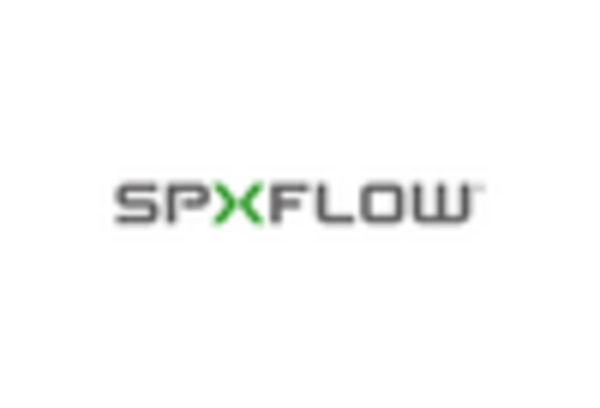
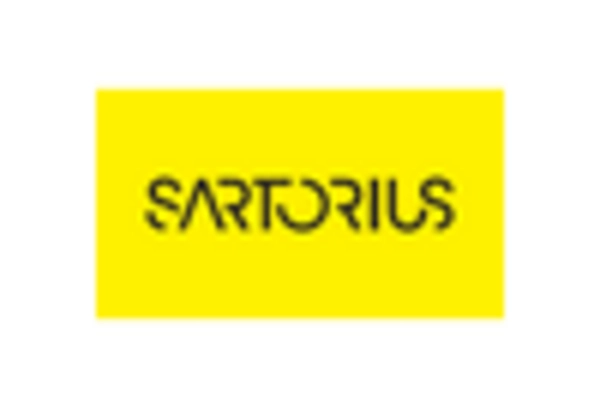
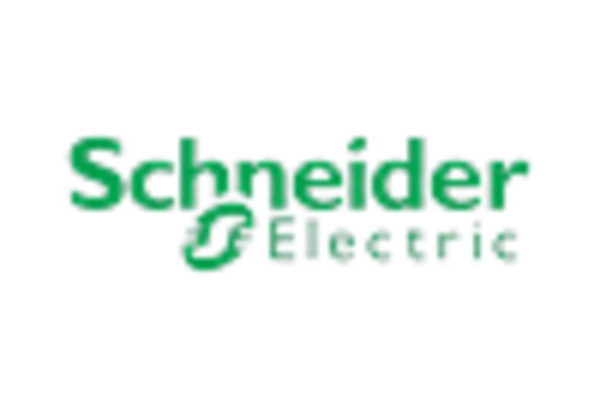
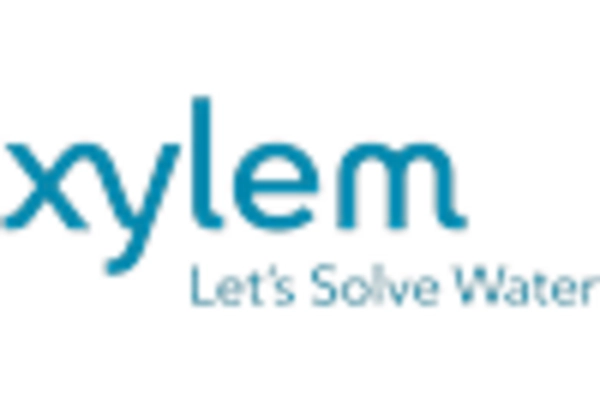









Leave a Comment